This article was co-authored by Rahti Gorfien, PCC and by wikiHow staff writer, Christopher M. Osborne, PhD. Rahti Gorfien is a Life Coach and the Founder of Creative Calling Coaching, LLC. She specializes in working with artists, entrepreneurs, and college students in creative fields. Rahti is accredited as a Professional Certified Coach (PCC) by the International Coach Federation, an ACCG Accredited ADHD Coach by the ADD Coach Academy, and a Career Specialty Services Provider (CSS). In addition, she has personal experience in the fields she coaches - she is an alumnus of the New York University Graduate Acting program and has been a working theater artist for over 30 years. She was voted one of the 15 Best Life Coaches in New York City by Expertise in 2018.
There are 14 references cited in this article, which can be found at the bottom of the page.
This article has been viewed 58,373 times.
Many people believe that the left side of the brain is more analytical and logical, while the right side is more intuitive and creative, but scientific research indicates that this contention is oversimplified and inaccurate.[1] Even if you most likely can’t unlock your creative side by specifically exercising your “right brain,” however, exercising your brain in general is a good thing. And, engaging in creative activities certainly can’t hinder the enhancement of your creative self.
Steps
Spurring Your Creative Side
-
1Use the “Kitchen Sink” technique to encourage inspiration. If you find yourself stuck with a problem (for instance, needing funds for a trip) and hoping for an “a-ha moment,” try exposing yourself to quick tidbits of information and then letting your mind relax. Read a paragraph or two from a half-dozen or more unrelated but engaging books, articles, or web pages, or listen to snippets from audiobooks or podcasts. Then, do a relaxing activity like taking a walk, gardening, or knitting for a half hour or so. Repeat the process as needed.[2]
- Some people believe this method helps to jump-start brainstorming and can help you reach creative solutions faster. There’s no hard evidence for this, of course, but it can’t hurt to try!
-
2Engage in “deep practice” of a creative skill. You might also call this technique “failing productively,” as it involves jumping right into trying something new, exploring your shortcomings in relation to your ideal result, and trying again. For instance, if you wanted to take up painting, you’d:[3]
- Grab some paints and a canvas and give painting your chosen landscape, still life, portrait, etc. your best shot.
- Accept that the finished result is almost certainly not the result you hope to achieve, and embrace this “failure” as an opportunity.
- Compare your actual result to the result you visualized beforehand.
- Practice some skill-building exercises, like taking a class, watching videos, or reading about painting techniques.
- Repeat the process over again until you feel you’ve reached the creative result you seek.
Advertisement -
3Give simple tasks a challenging spin. For instance, you probably sign your name without thinking, but what if you try to sign it backwards? Or upside down? Or backwards and upside down? Practice challenging your creative mind until you can master all three.[4]
- Or, try engaging both sides of your brain by writing a simple question to yourself (e.g., “What are you thinking about?”) with your right hand (which is controlled by the left side of your brain). Then, immediately switch the pen to your left hand (controlled by the right side of your brain) and write the first answer that comes to you (e.g., “Eating an ice cream cone on a park bench”).
- There’s no empirical evidence that any of these kinds of tasks will actually make you more creative, but they will certainly exercise your brain and your motor skills!
-
4Breathe through your left nostril to activate your brain’s right side. There is some evidence out there—although it’s not supported by rigorous science—that focusing your breathing on your left nostril stimulates the right side of your brain, the supposed source of your creativity. It’s worth a try![5]
- No doubt this technique sounds strange, but most people naturally go through a “nasal cycle” in which they switch breathing through individual nostrils every several hours throughout the day. This is why one nostril at a time often gets stuffed up during a cold.[6]
-
5Scan your eyes back and forth to stimulate your whole brain. Focus on an object in your left eye’s field of vision, and another object in your right eye’s field. Then scan both eyes back and forth between them for 30 seconds or more. The theory here is that this exercise will activate and integrate both sides of your brain.[7]
- This method is scientifically unproven, but the worst case scenario is that you might get a bit dizzy trying it!
-
6Laugh more and embrace positivity. While there isn’t hard scientific evidence to support it, it’s possible that positive thinking, and laughter in particular, may help stimulate the areas of your brain associated with creativity. In theory, stimulating these areas may strengthen their neural pathways and thereby strengthen your “creative side.”[8]
- And, even if it doesn’t boost your creativity, being happy is good for your mental and physical health anyway!
Embracing Your Creative Impulses
-
1Allow yourself to daydream and doodle. Few people can be creative on demand. Rather, it’s more effective to let your mind wander and be ready to make the most of a creative impulse when it hits you.[9]
- Imagining silly things or drawing incomprehensible sketches may seem like a waste of time, but it’s often during these moments when the proverbial light bulb comes on.
-
2Experience life mindfully. Instead of trying to force your brain into creativity, focus on your surroundings and in-the-moment experiences.[10] Observe the scenery around you carefully. Chew your food slowly and experience each bite. Be fully present in even the most mundane conversations.
- Some people believe that blocking out distractions and narrowing your focus will help you to “hear” your creative impulses when they come.
-
3Draw or write about your dreams. There’s still a lot of mystery when it comes to dreams. It can’t be denied that dreams are often very creative, though, so trying to capture this unconscious creativity may help you get in tune with your creativity when you’re awake as well.
- When you wake up, jot down or sketch out whatever you can remember about any dreams you had. Even if the dream doesn’t make much sense, there may be kernels of inspiration that will become apparent to you.
-
4Be more spontaneous. According to the popular concept, a left-brain dominant person is calculating, logical, and analytical. But we all have at least a small part of ourselves that is more intuitive and spontaneous. It’s possible that embracing your innate spontaneity may stimulate and “exercise” those same areas of your brain that relate to creativity.[11]
- Call in sick and go skydiving. Walk up to that person and ask them out. Or just switch up from packing PB & J for lunch every day!
Exercising and Fueling Your Whole Brain
-
1Learn to play a musical instrument. Playing a guitar, piano, saxophone, or other instrument requires both a logical attention to detail and an intuitive “feel” for the music. This combination of precision and improvisation makes playing music a great whole-brain exercise.[12]
-
2Try brain-training puzzles, games, and activities. There are countless apps and programs out there that claim brain-boosting benefits, but many of the claims are dubious or at least not well supported at present. That said, even if challenging your brain with puzzles, games, and so on may not necessarily provide the specific claimed benefits, there’s certainly no detriment to giving your brain regular workouts.[13]
- Don’t feel as though you need to spend large sums of money on brain-boosting programs, though. You can find many free or low cost options online, and traditional options like crosswords and jigsaw puzzles will give your brain a workout as well.
-
3Keep your brain active. Simple activities like reading a book, engaging in a conversation, or doing a hobby put your brain to work. And, while there’s still a lot of research to be done, it seems as though active brains are more likely to remain healthy and vital for longer.[14]
- Focus on active brain engagement—reading instead of watching TV, going to a cooking class instead of watching a cooking video, putting together furniture instead of buying it pre-assembled, and so on.
-
4Exercise regularly, sleep sufficiently, and eat healthy. What’s good for your body is good for your brain.[15] Talk to your doctor, a dietician, and/or an athletic trainer if you need advice about developing healthier routines in your daily life.[16]
- Try to sleep for 7-9 hours per night (as an adult).
- Aim for 150 minutes of moderate-intensity exercise per week.
- Eat lots of fruits and vegetables, whole grains, and lean proteins, and drink more water.
Expert Q&A
-
QuestionHow can I declutter my mind?
 Michelle Shahbazyan, MS, MAMichelle Shahbazyan is the Founder of The LA Life Coach, a concierge life, family, and career coaching service based in Los Angeles, California. She has over 10 years of experience with life coaching, consulting, motivational speaking, and matchmaking. She has a BA in Applied Psychology and an MS in Building Construction and Technology Management from Georgia Tech University, and a MA in Psychology with an emphasis on Marriage and Family Therapy from Phillips Graduate University.
Michelle Shahbazyan, MS, MAMichelle Shahbazyan is the Founder of The LA Life Coach, a concierge life, family, and career coaching service based in Los Angeles, California. She has over 10 years of experience with life coaching, consulting, motivational speaking, and matchmaking. She has a BA in Applied Psychology and an MS in Building Construction and Technology Management from Georgia Tech University, and a MA in Psychology with an emphasis on Marriage and Family Therapy from Phillips Graduate University.
Matchmaker, The LA Life Coach Try to write down your thoughts and tackle each one thing at a time. Another easy way to declutter your mind is to relax your body, as that will also soothe your mind. Try breathing deeply, getting exercise, and getting some sunshine.
Try to write down your thoughts and tackle each one thing at a time. Another easy way to declutter your mind is to relax your body, as that will also soothe your mind. Try breathing deeply, getting exercise, and getting some sunshine.
References
- ↑ https://www.health.harvard.edu/blog/right-brainleft-brain-right-2017082512222
- ↑ https://health.clevelandclinic.org/how-to-relieve-stress/
- ↑ https://greatergood.berkeley.edu/article/item/ten_habits_of_highly_creative_people
- ↑ https://www.edutopia.org/article/4-ways-develop-creativity-students/
- ↑ https://www.apa.org/topics/exercise-fitness/stress
- ↑ https://www.ncbi.nlm.nih.gov/pubmed/609283
- ↑ https://my.clevelandclinic.org/health/body/21823-eyes
- ↑ https://www.helpguide.org/articles/mental-health/laughter-is-the-best-medicine.htm
- ↑ https://www.nationalgeographic.com/science/article/what-inspires-creativity-6-tips-chasing-genius
- ↑ Rahti Gorfien, PCC. Life Coach. Expert Interview. 17 December 2019.
- ↑ https://www.psychologytoday.com/us/blog/creativity-the-art-and-science/202101/resolution-build-creativity-and-well-being
- ↑ https://news.vanderbilt.edu/2008/10/02/musicians-use-both-sides-of-their-brains-more-frequently-than-average-people-65577/
- ↑ https://www.apa.org/monitor/2019/09/games-impact
- ↑ https://www.health.harvard.edu/mind-and-mood/12-ways-to-keep-your-brain-young
- ↑ Rahti Gorfien, PCC. Life Coach. Expert Interview. 17 December 2019.
- ↑ https://www.health.harvard.edu/mind-and-mood/12-ways-to-keep-your-brain-young
- ↑ Rahti Gorfien, PCC. Life Coach. Expert Interview. 17 December 2019.
About This Article
The right side of your brain is often considered to be the creative and intuitive half as opposed to the rational and logical left half. You can exercise the right side of your brain by doing creative activities like writing, drawing, taking photos, and cooking. You can also learn an instrument or practice singing if you like music. If you don’t feel creative, just pay attention to your senses and thoughts, since you never know when inspiration might strike. Dreams can be a great source of creativity too, so try writing down your dreams each morning. Then, you can even turn them into stories or artwork if you want. Don’t worry about being good at anything creative so much as just having fun and enjoying the process. For more tips, including how to be more spontaneous in life, read on!

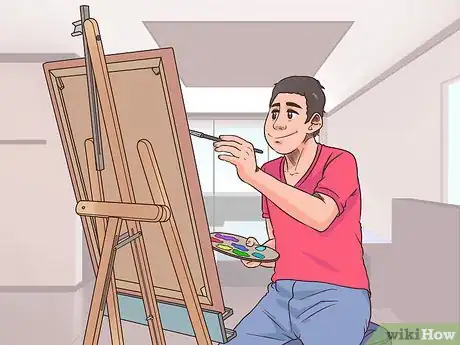
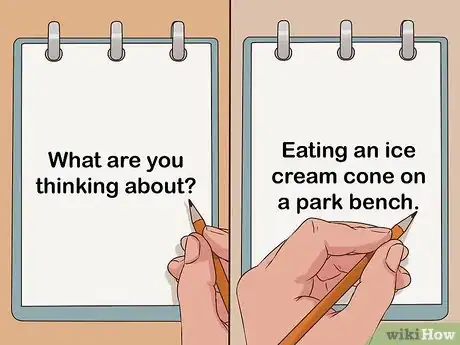


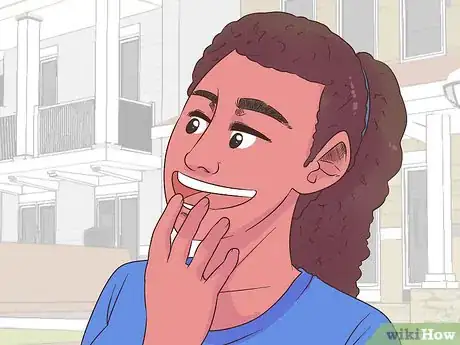
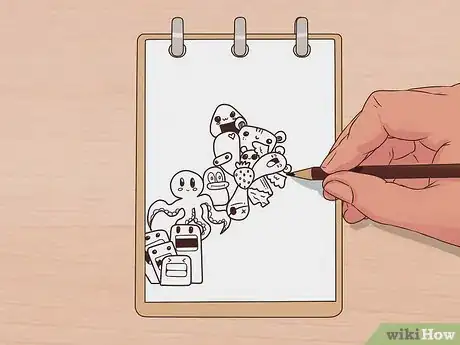



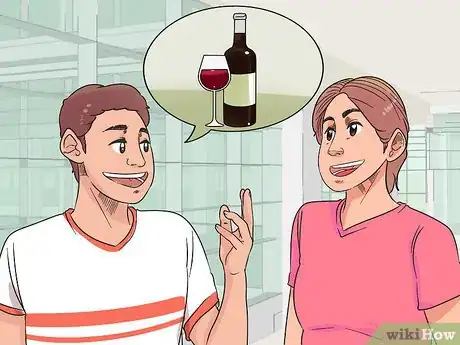

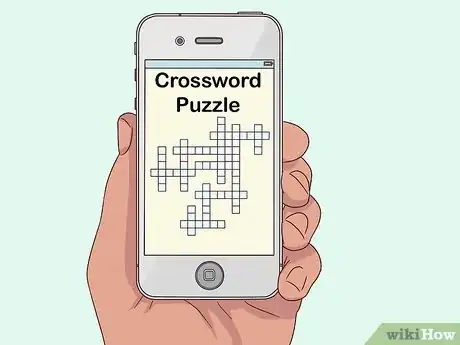

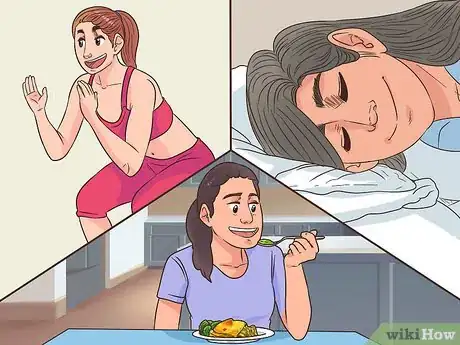
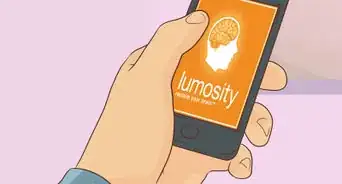



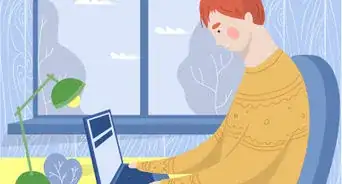
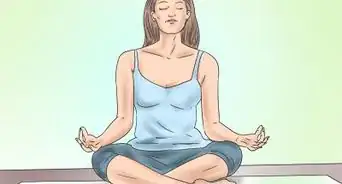

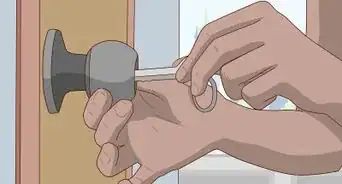

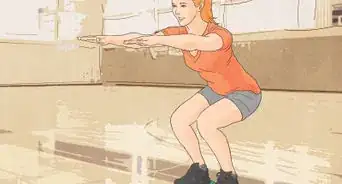
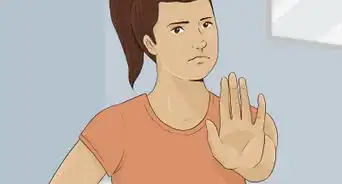
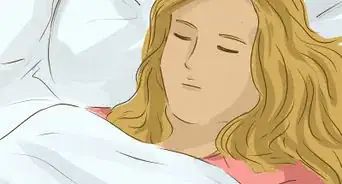
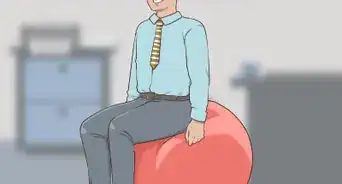







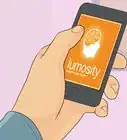


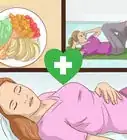



































Medical Disclaimer
The content of this article is not intended to be a substitute for professional medical advice, examination, diagnosis, or treatment. You should always contact your doctor or other qualified healthcare professional before starting, changing, or stopping any kind of health treatment.
Read More...